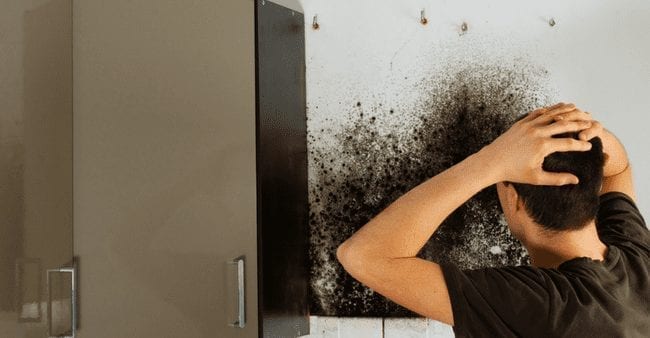Exactly how to Check If Your Home Has a Hidden Leakage
Exactly how to Check If Your Home Has a Hidden Leakage
Blog Article
What're your opinions with regards to Leaking water lines?

Early discovery of dripping water lines can minimize a potential disaster. Some small water leakages might not be noticeable.
1. Examine the Water Meter
Every home has a water meter. Checking it is a surefire way that assists you find leakages. For beginners, switch off all the water resources. Ensure no one will flush, use the faucet, shower, run the cleaning equipment or dishwasher. From there, go to the meter and watch if it will change. Because nobody is using it, there ought to be no motions. That shows a fast-moving leakage if it relocates. Furthermore, if you identify no changes, wait a hr or more as well as inspect back once again. This implies you might have a sluggish leak that can also be below ground.
2. Check Water Consumption
Assess your water bills and track your water intake. As the one paying it, you must notice if there are any kind of disparities. If you find sudden changes, despite your intake coinciding, it implies that you have leakages in your plumbing system. Remember, your water costs need to fall under the exact same variety monthly. A sudden spike in your expense suggests a fast-moving leak.
A consistent increase every month, also with the very same practices, reveals you have a slow leakage that's additionally gradually escalating. Call a plumber to completely examine your building, especially if you really feel a cozy location on your floor with piping below.
3. Do a Food Coloring Examination
When it comes to water usage, 30% comes from bathrooms. If the color somehow infiltrates your bowl during that time without flushing, there's a leakage in between the storage tank and also dish.
4. Asses Outside Lines
Do not fail to remember to check your exterior water lines also. Must water seep out of the link, you have a loosened rubber gasket. One little leakage can squander lots of water and increase your water expense.
5. Evaluate the scenario and also evaluate
Property owners should make it a habit to inspect under the sink counters as well as also inside closets for any type of bad odor or mold growth. These 2 red flags show a leak so punctual interest is required. Doing regular evaluations, also bi-annually, can save you from a significant problem.
Examine for discolorations and deteriorating as most pipes as well as devices have a life expectations. If you believe leaking water lines in your plumbing system, don't wait for it to intensify.
Early discovery of dripping water lines can mitigate a prospective catastrophe. Some little water leakages may not be visible. Inspecting it is a guaranteed way that aids you find leaks. One little leakage can squander heaps of water and also increase your water costs.
If you suspect leaking water lines in your plumbing system, don't wait for it to rise.
WARNING SIGNS OF WATER LEAKAGE BEHIND THE WALL
PERSISTENT MUSTY ODORS
As water slowly drips from a leaky pipe inside the wall, flooring and sheetrock stay damp and develop an odor similar to wet cardboard. It generates a musty smell that can help you find hidden leaks.
MOLD IN UNUSUAL AREAS
Mold usually grows in wet areas like kitchens, baths and laundry rooms. If you spot the stuff on walls or baseboards in other rooms of the house, it’s a good indicator of undetected water leaks.
STAINS THAT GROW
When mold thrives around a leaky pipe, it sometimes takes hold on the inside surface of the affected wall. A growing stain on otherwise clean sheetrock is often your sign of a hidden plumbing problem.
PEELING OR BUBBLING WALLPAPER / PAINT
This clue is easy to miss in rooms that don’t get much use. When you see wallpaper separating along seams or paint bubbling or flaking off the wall, blame sheetrock that stays wet because of an undetected leak.
BUCKLED CEILINGS AND STAINED FLOORS
If ceilings or floors in bathrooms, kitchens or laundry areas develop structural problems, don’t rule out constant damp inside the walls. Wet sheetrock can affect adjacent framing, flooring and ceilings.
https://www.servicemasterbyzaba.com/blog/how-to-detect-water-leakage-in-walls/

I was made aware of that article on Hacks to detect leaks from an associate on our other domain. Make sure you take the opportunity to promote this post if you appreciated it. We enjoy reading our article about Detecting hidden plumbing leaks.
Report this page